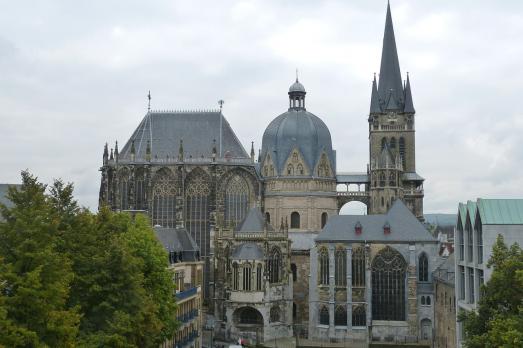
Aachen Cathedral
Aachen, DE
The Aachen Cathedral, built on the former Palatine Chapel of the Palace of Charlemagne (800-814), is the most important architectural example of the Carolingian Renaissance.
Here you can search for a building to visit. You can use the map find destinations, or you can use the filters to search for a building based upon what different criteria.

Aachen, DE
The Aachen Cathedral, built on the former Palatine Chapel of the Palace of Charlemagne (800-814), is the most important architectural example of the Carolingian Renaissance.

Otterberg, DE
The Abbey Church of Otterberg was founded in 1143 by Cistercians as the abbey church of a daughter abbey of the Eberbach monastery. In the 15th century, the monastery slowly declined. In 1504, and in 1525 during the Peasants' War, the monastery was burned and plundered. At the end of the 16th century, the abbey church began to be used simultaneously by the Catholic and Protestant parishes, but not without causing disputes. In 1708, therefore, a separation wall was built between the two spaces. The choir hall with the transept is now used as the Catholic part, the remaining nave as the Protestant part. In 1979, the wall was removed as part of a major renovation, but the structure of the property was not changed.
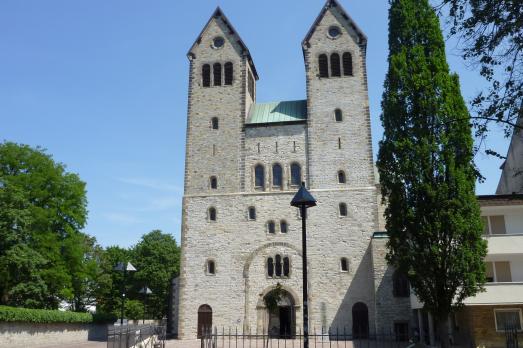
Paderborn, DE
The Abdinghof Monastery of St. Peter and Paul is a former Benedictine abbey founded in the 11th century. In the course of its existence, the monastery acquired cultural importance thanks to its library, its annexed school and its hospice. In addition, the monastery has long been the owner of land in the Weser region and along the Lower Rhine to the Netherlands. Secularised in 1803, the church is today a Protestant-Lutheran parish church.
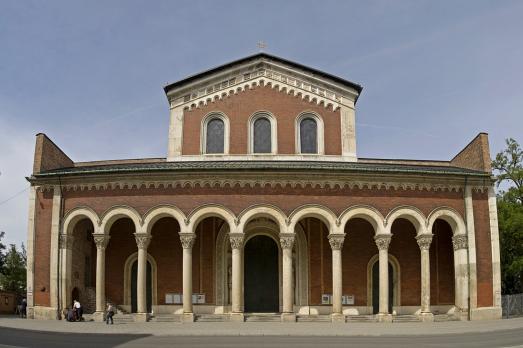
Munich, DE
St. Boniface is a Benedictine monastery founded in 1835 by King Ludwig I of Bavaria in a Byzantine style.

Hannover, DE
This 14th-century cathedral was built on the site of a former 12th-century Romanesque church and an even older chapel. It was the site of where the reformation began in Hanover. The church was destroyed in an air-raid during the Second World War, leaving only the tower and some walls. Today it stands as a war memorial, featuring a sculpture, dedicated in 1959 and a peace bell donated from Hanover's sister city, Hiroshima, Japan.
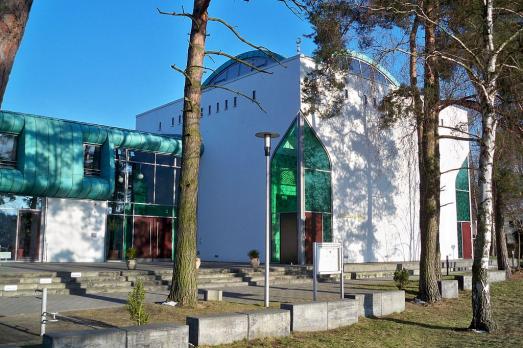
Wolfsburg, DE
The Wolfsburg Islamic Cultural Centre with the Al-Salam Mosque was built between 2004 and 2006 for the Tunisian community in the city. The centrepiece of the Islamic Cultural Centre is the Al-Salam Mosque, whose square plan is 16 metres long. Above it, the mosque rises in the shape of a large cube and is covered by a dome crowned by a crescent moon.
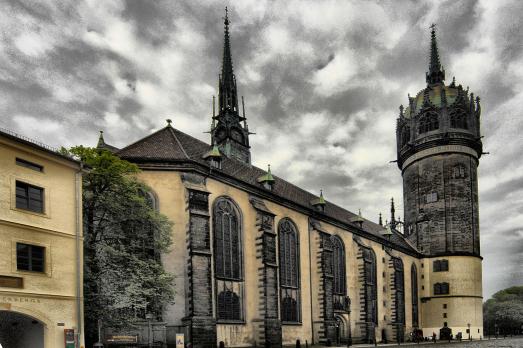
Lutherstadt Wittenberg, DE
The castle church, also known as the Church of the Reformation, is a Protestant church that is considered the starting point of the Reformation, after Martin Luther posted his 95 theses there on October 31, 1517. From 1490 to 1515, Frederick the Wise had his entire palace rebuilt. In 1496, the castle church was added as the north wing and consecrated in 1503. Since 1996, this church has been listed as a UNESCO World Heritage Site.
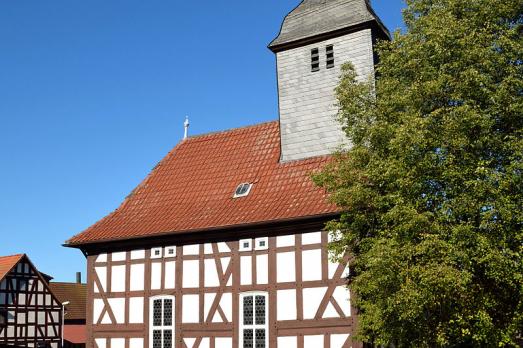
Weimar , DE
The Protestant church of Allna is one of the listed half-timbered churches in Hesse. Built in 1782 by Johann Georg Blecher, it is topped by a ridge turret. The west portal is richly carved.
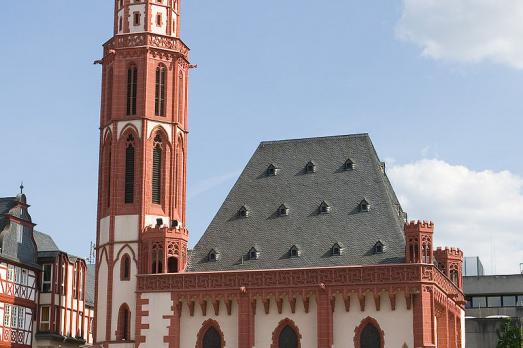
Frankfurt, DE
The Alte Nikolaikirche is a Protestant church. The current late Gothic building was built in the 15th century.
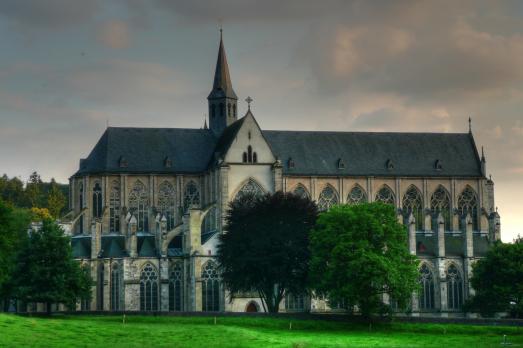
Odenthal, DE
Altenberg Cathedral was founded in the 13th century as an abbey church by the Cistercians. The church, including its interior, is strictly Gothic in style. During secularization (1803) the abbey was dissolved, and parts of the abbey later became a chemical factory. An explosion largely destroyed the abbey buildings in 1815. After the ruins of the church were donated to the Prussian state, Frederick William III (1797 -1840) gave substantial support for the restoration of the abbey church on condition that it be used as a common church. The first Protestant service took place on 13 August 1857. Further phases of restoration took place from 1894 to 1912 and in the 1960s.

new
As a university city, cultural offerings abound in Tartu and will reach their peak after being designated one of three European Capitals of Culture for 2024. In this list, we've compiled the most interesting sacred places to visit in and around the old town.

Bodø has evolved from a picturesque fishing village to a bustling cultural epicentre in the northeastern Norwegian county of Nordland. Here is a list of the top churches to visit in Bodø, the only European Capital of Culture above the Arctic Circle.

The small Austrian spa town of Bad Ischl is known for its beautiful nature and peaceful atmosphere. Emperor Franz Joseph I of Habsburg, described it as an "earthly paradise". Here is a list of religious heritage sites you should visit.